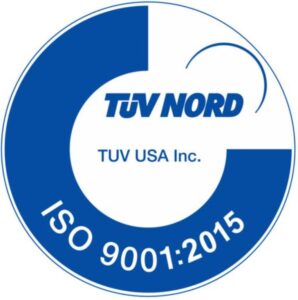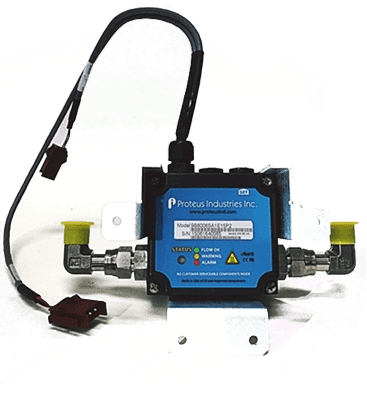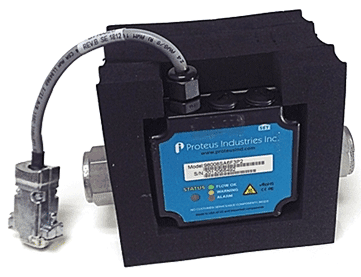What is the Accuracy of My Flow Meter and How is it Determined?
The accuracy of the flow meter is defined as how close a reported value is to the true flow rate.
The accuracy is determined through the process of calibration. To accurately perform a calibration, a calibration stand is required. The stand would require a reference flow meter with an accuracy better than the expected accuracy of the meter under test. A typical accuracy of a reference meter is + or – .5%.
Also required are adjustable valves (either manual or automated), a method for collecting and recording the data (at several flow rates), and a way to calculate the accuracy. Depending on the sophistication of the flow meter, the unit being calibrated would be adjusted to the correct parameters to match the output signal to the flow.
In the case of a flow sensor with no adjustable electronics, or a Vortex meters (PV6000 Series vortex flow meters and V7000 Series Vortex flow meters) with a factory fixed calibration, the unit can be characterized by measuring the flow and the meter output at several flow rates, collecting the data with the reference meter, and plotting the curve showing the difference between the two.
Accuracy is the degree to which the result of the measurement of the flow meter conforms to the reference meter. Most Proteus flow meters are in the range of +/- 2%-to-3% full scale.







